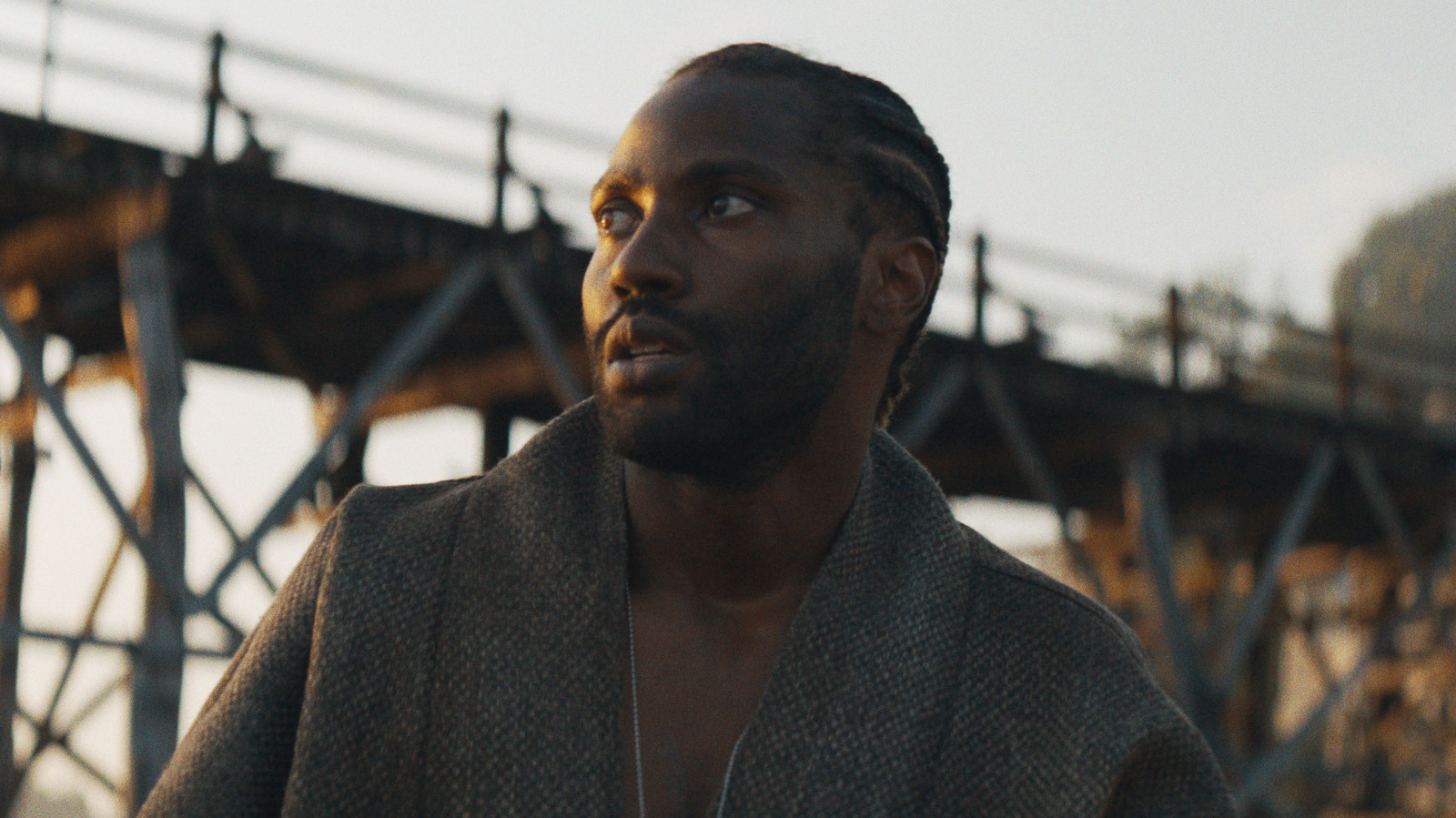[ad_1]

Director Gareth Edwards has said that, to get the studio on board, he shot some footage and sent it to ILM, I assume to you, and you were able to do some visual effects without any of the traditional VFX equipment being used on the set, like the little silver balls and stuff like that. He just said of ILM that “somehow, they did it.” My question to you is, how did you do that?
Cooper: We’re really good cheaters. I’ve been working in visual effects for 25 years or so. There are best practices for making sure that you can emulate on-set lighting that have been developed over time. Traditionally, it’s an HDRI and a LIDAR scan of your environment, and the balls that everybody loves. They are optimal but not necessarily essential. And over time, not every movie does that at a consistency you’d like, so you have fallback options.
So the question for Gareth really was, “Okay, let’s assume that I don’t do any of this. Is it even possible? What can we do? What can I get away with?” He wanted to kick the tires a little bit and say, “I know you say you need this, but what happens if you don’t really have it?” So we showed him what it would look like if we didn’t have it, and that was good enough for him and good enough for the studio, and then we were off to the races.
Now, that isn’t to say that we didn’t get those things, but we didn’t get them in every circumstance, and it wasn’t always exactly the right thing. But those two things together gave us, one, credibility and understanding that we’d be okay, and then two, that we could get better than nothing and maybe not everything, if that makes sense. And Andrew was there on a day-to-day basis to try to squeeze it out of Gareth as much as he could without slowing him down. I’m sure Andrew can speak to that as well.
Roberts: I think we benefited from Gareth having an understanding, a familiarity, and an appreciation for visual effects. So understanding that, okay, I really do need this, and then, okay, in this case I’m going to get out of the way. And this would be preferable if I had a blue screen and if I had all this information, but we know that at least with this minimal amount of information, I will be able to give Jay and the ILM team the data they need to be able to create a compelling shot. So a lot of it started from conversations in the morning before we would start shooting and going through the boards. We had a few storyboards for those key moments, and to really make sure the first day he was aware that, “No, that’s fine. You go ahead for these shots. But no, I absolutely do need to shoot this high dynamic imagery so that I can reflect Alphie when she’s in the barn or when they’re out by the floating village and need to make sure that there are measurements for certain data.”
So it was really that collaboration. It was that compromise to make sure that I got what I needed and that I was also there as a creative partner for Gareth to be able to answer questions.
There were times when maybe things didn’t go as planned. So in the scene outside the barn when they’re surrounded by police, they throw the grenade in and then a dog brings the grenade back out. That was planned to be a big stunt where they had a wire pole on a number of the stunt men that were going to be doubling for police. And they just couldn’t get enough pressure where they just weren’t flying up, or maybe one or two would and the others wouldn’t, or it just wouldn’t work at all.
Gareth’s familiarity with visual effects was a good thing because we had that shorthand where he understood, “Okay, Andrew, your team will be able to animate that and give us what we need.” Once I gave him the thumbs up, he was happy to move on and not worry, knowing that, “Okay, that shot’s going to look as I need. I didn’t get it in camera, but I am going to be able to deliver.” There was that, making sure I captured the information, but then also be the reassurance for him that he would be able to get what he needed at the end of the day.
[ad_2]
Source link
![The Creator VFX Supervisors On How Being ‘Good Cheaters’ Helped Create The Film’s Look [Exclusive Interview]](https://newsconscious.com/wp-content/uploads/https://media.npr.org/assets/img/2022/02/26/ap22056522780784_wide-b587d73541577a78d5cc0dd90c77e6f04dbf20fd.jpg?s=1400)
